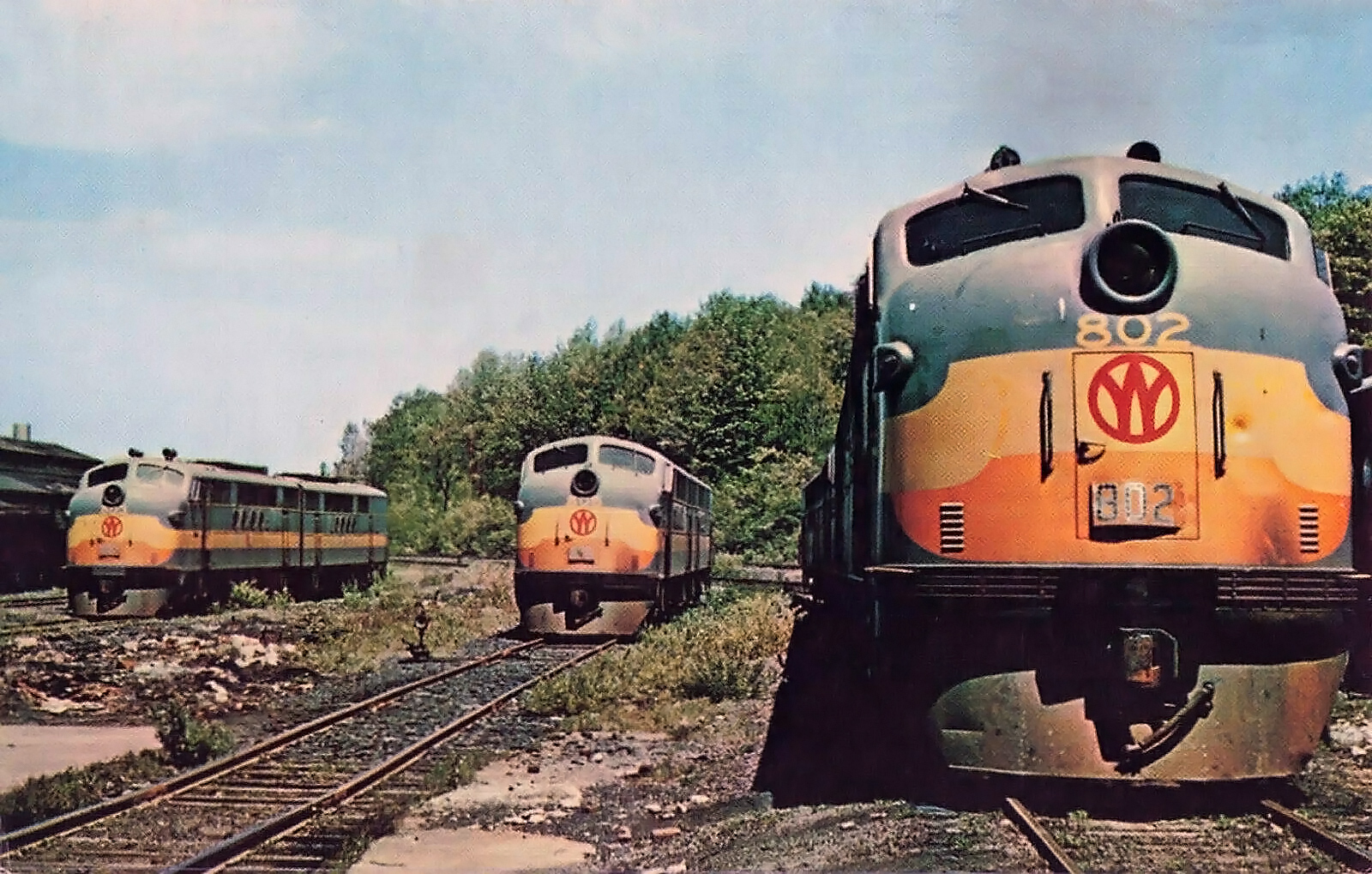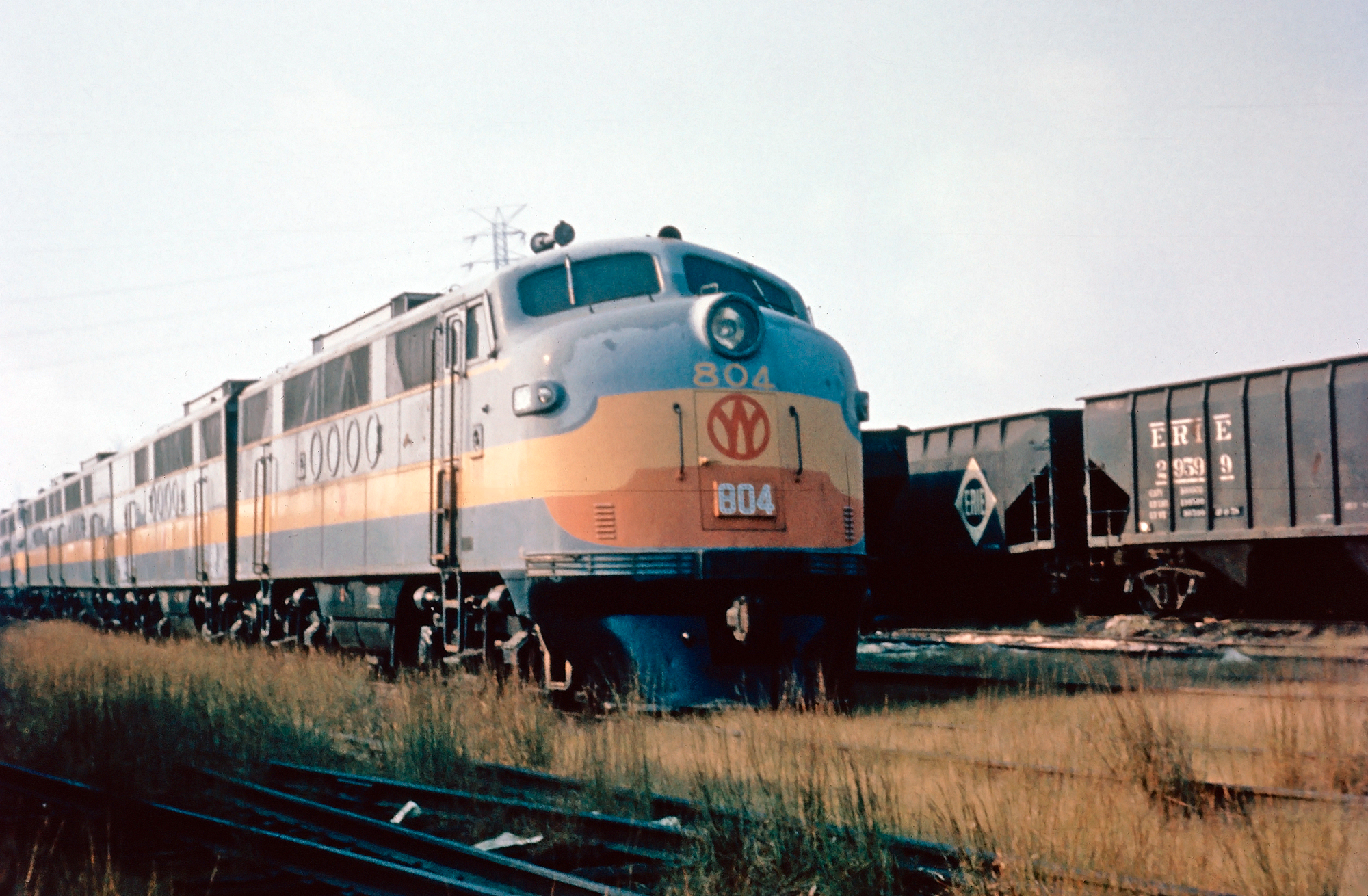The Colebrookdale Railroad name actually goes back to 1865, when a railroad between Pottstown, PA and Boyerstown, PA was chartered. It was completed in 1869, and immediately leased to the Philadelphia & Reading, which became better known as the Reading Company in 1924. This was a common tactic by the Reading, and presumably other railroads of the era, when evaluating construction of a new branch. They would charter an independent company, lay out a route, then do a bonds sale. If there was enough interest, and enough bonds sold, the Reading would buy any remaining bonds, construct the line, and then lease the line to itself. They constructed the Pickering Valley Railroad, the Perkiomen Railroad, and the Allentown Railroad in similar fashions. While it technically existed on paper as the Colebrookdale Railroad, it was always referred to as the Colebrookdale Branch or the Colebrookdale Spur, and it connected to the Reading mainline at Pottstown. At the end of 1945, the Reading Company officially merged the twelve various railroads that they owned into the company, ending the existence of the Colebrookdale Railroad.
In 1976, when Conrail was being formed, ownership of the line remained with the reorganized Reading estate, since it was deemed as "light density", although Conrail continued to operate it under state subsidy until 1982. It was sold to the state of Pennsylvania in 1982, and the Anthracite Railroad was formed to operate the Colebrookdale Branch, along with the Perkiomen Branch and the Allentown Branch, which were also acquired in a similar manner. In 1989, the Reading, Blue Mountain & Northern (now Reading & Northern) took over as the operator of the Colebrookdale Branch, and they even ran the #425 over the branch at least once, but in 1995 did not renew the option to operate the line. It was replaced by East Penn Railways, and in 2001, Berks County bought the Colebrookdale Branch from the state. In 2007, East Penn Railroad (East Penn Railway was bought out by Penn Eastern Railway, who was bought out by East Penn Railroad. Confusing, right?) bought the branch off of Berks County, but then a year later petitioned to abandon it, on the grounds of it being financially untenable. Berks County instead bought it back in 2009, and in 2010, the Eastern Berks Gateway Railroad was formed to handle freight service over the Colebrookdale Branch, while in 2014, the Colebrookdale Railroad name was revived for passenger service over the rails.



















































